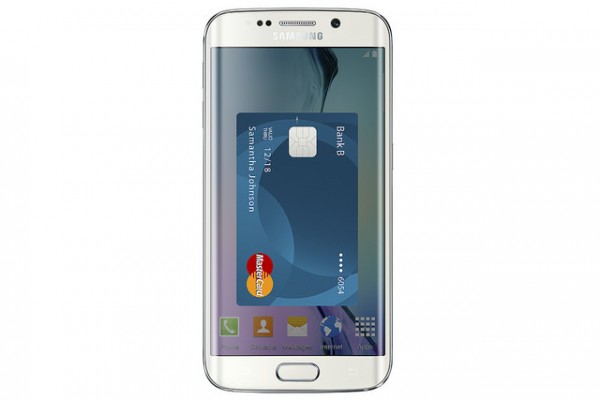
E-commerce is all the rage in Asia, with consumers here twice more likely to shop online than any other group in the world. But what does this mean for online and brick-and-mortar merchants, and what can they do to tap the e-commerce wave?
To answer some of these questions, MasterCard has highlighted 10 trends that will shape the e-commerce industry in the next three years and what merchants can do. Here’s a quick look at what they are:
Mobile devices will be the door to High Street
With smartphone penetration on the rise throughout Asia, securing prime real estate on the smartphone home screen is critical, as this is where the war for the consumer will be fought. On average, smartphone users regularly access only 26.7 apps per month out of more than a million available for download.
Familiarity breeds consent
It’s all about the data. Merchants that use transaction data in a secure and intelligent way will unlock the trust of the consumer, Mastercard said. People will want to choose to only receive offers that are relevant and of value to them, and merchants that get the equation right will be to access more touch-points in people’s lives.
Marketing will bring magic to micro-moments to drive transactions
Advertising as we know it will be replaced by campaigns that respond to people’s immediate mental and emotional states. With its Digital and E-Commerce Engine, MasterCard said it is already seeing the effectiveness of similar targeted, real-time strategies.
You’ll never shop alone
Consumers will browse, rate and recommend products and services with friends and followers at all times. There are already more partnerships between merchants and social media platforms like Instagram, Facebook and Pinterest that make each shopping moment shareable. This taps into the growing dominance of influencer and peer marketing that consumers are growing accustomed to.
Data will drive intent
We will be prompted to shop for things even before we know we need them. Fridges will generate shopping lists based on consumption patterns and preferences, and your location will serve up the best deal for dinner. Shopping will be one component of a much larger digital ecosystem. Data gathered from operating systems and mobile devices will inform what we buy, when we buy and who we buy from.
Service and rewards will be the killer apps
Merchants who deliver on their brand promise in a personalised and emotionally engaging way will earn the dollars and loyalty of consumers. Reward systems and CRM programmes will become critical for sustainable success.
Every retailer will set up a digital shopfront
Merchants of all sizes will be able to afford the assurance of secure payment transactions. Financial data management will be democratised by integrated operating systems developed by companies like MasterCard.
Security in a heartbeat
The use of biometric data from mobile and wearable devices will ensure constant identity authentication. This is already being explored with the use of facial recognition and electrocardiogram (ECG) technology.
The consolidation of digital wallets
With digital payments being progressively integrated on mobile phones, there will be less need to subscribe to a range of digital wallets (there are over 20 in India alone). Contactless payment technology is already enabling consumers, issuers and merchants to leapfrog to a secure digital payment network.
This is happening through cutting edge technology in digitisation, tokenisation and authentication of card information. At the same time, big digital players like Apple, Samsung and Android are using existing payment networks like MasterCard, integrated into their card- on-file systems.
Faster checkouts, less fraud
The consolidation within the digital payments industry, and the innovations in digitisation, tokenisation and authentication will mean that consumers experience a seamless check-out experience. This will also mean that merchants will not need to hold huge amounts of personal payment data which is making them a target for fraud.






